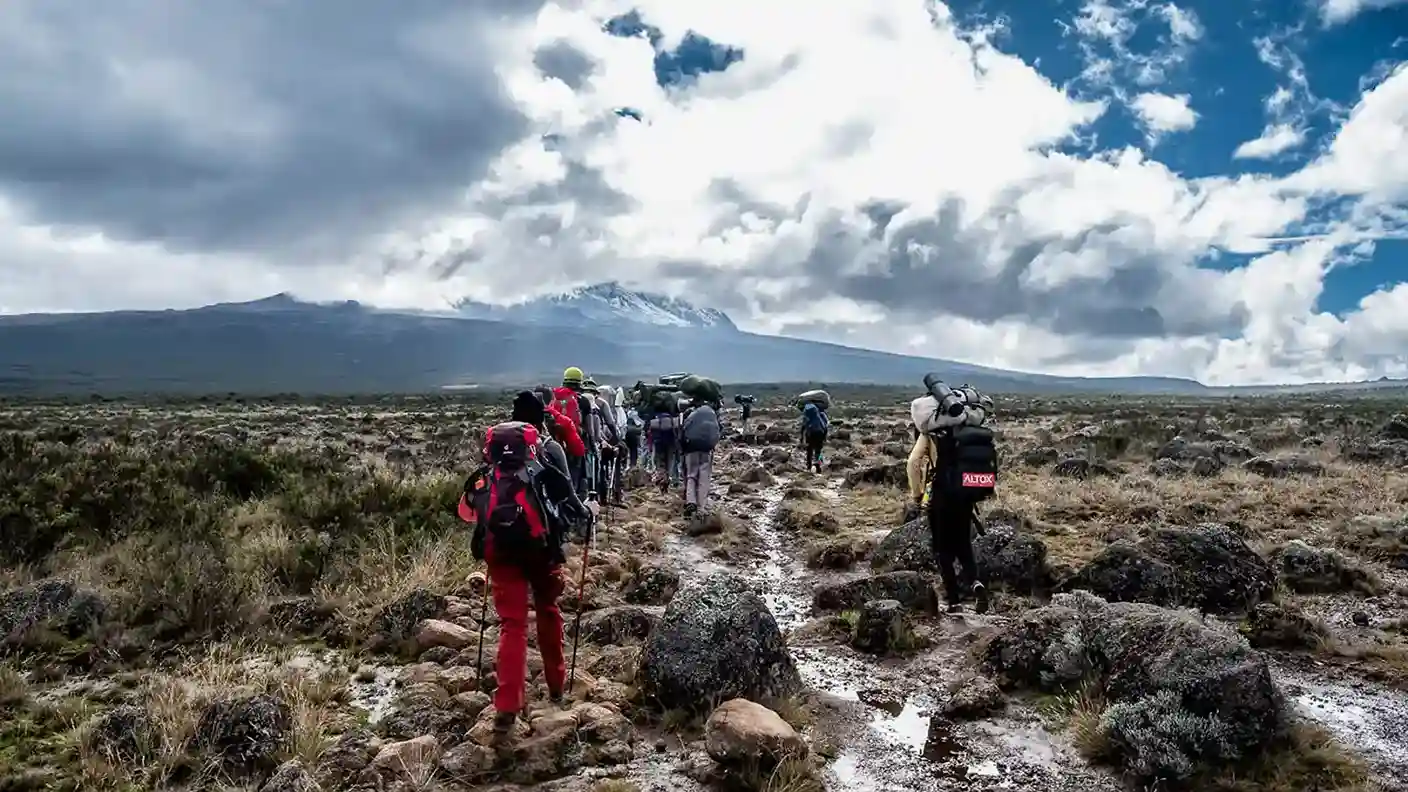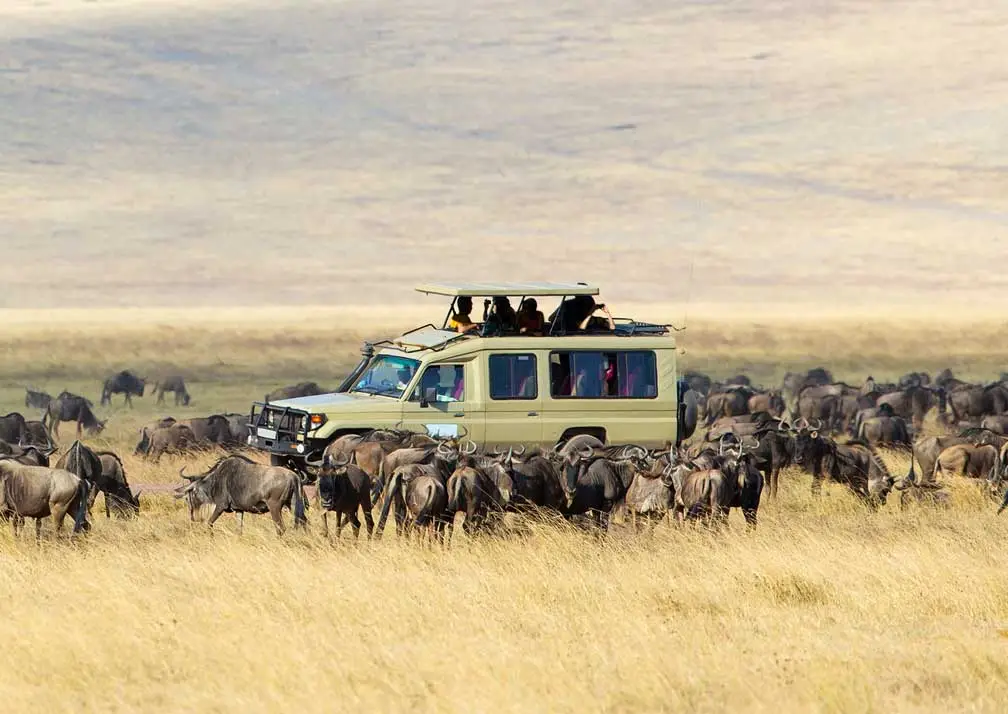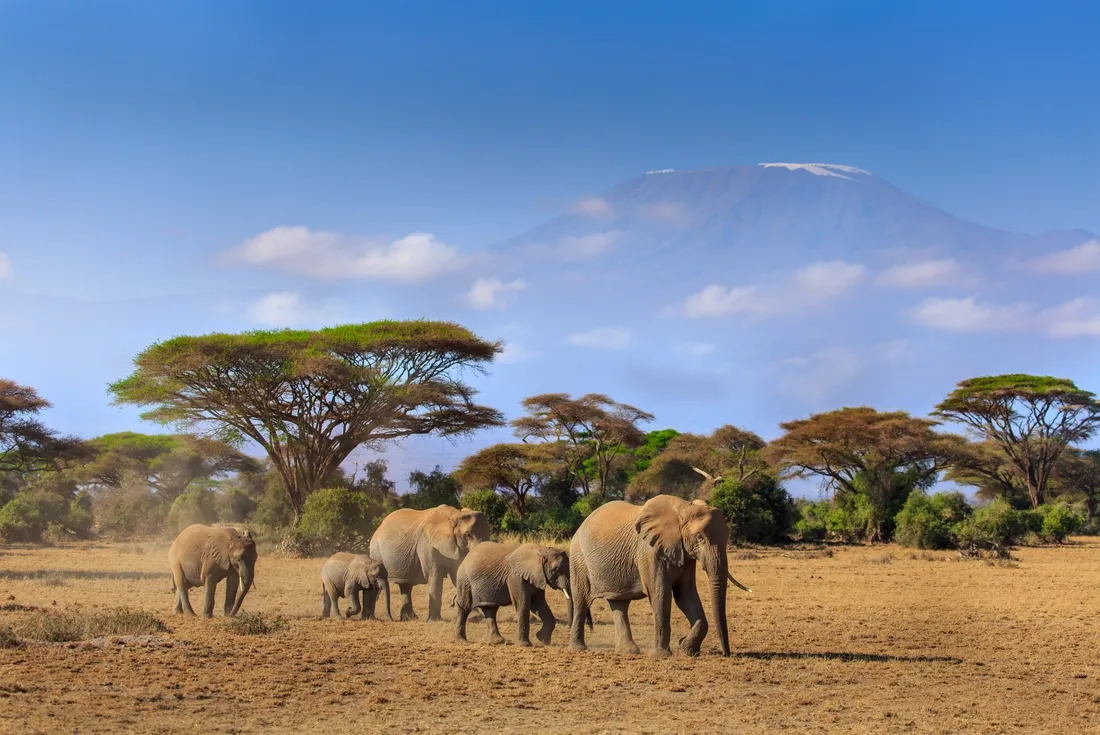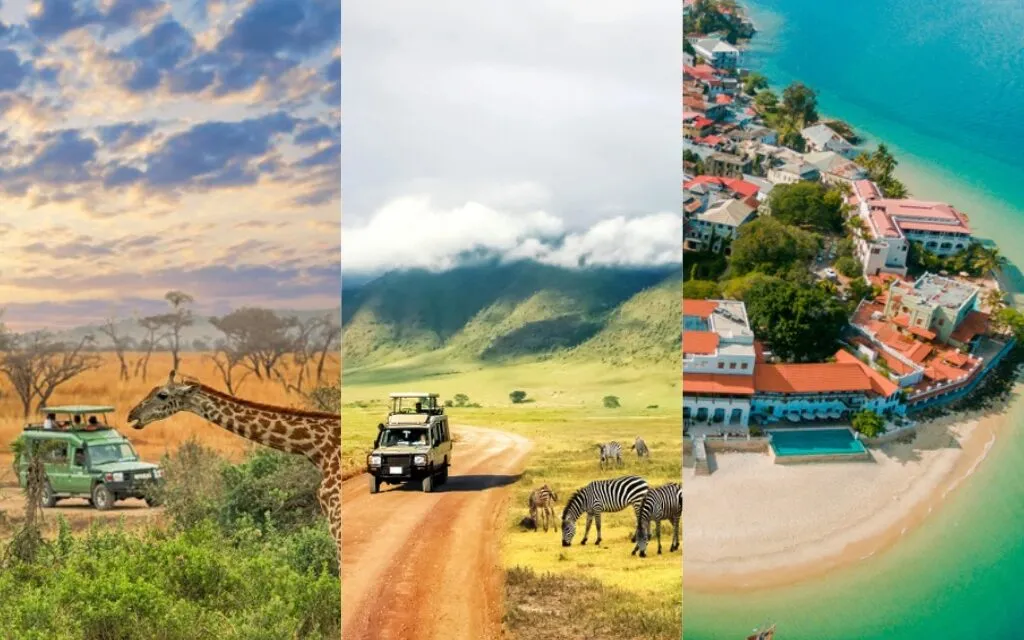Best Kilimanjaro Climb via Umbwe Route – Ultimate Trekking Adventure
Embark on the ultimate Mount Kilimanjaro climb via Umbwe Route with Capable Africa Tours. Known as the steepest and most direct path to Uhuru Peak, this 6-7 day Kilimanjaro trekking adventure offers breathtaking scenery, challenging terrain, and a high summit success rate. With expert guides, premium campsites, and tailored Kilimanjaro trekking packages, we ensure a safe and unforgettable journey. Explore the Umbwe Route’s lush rainforests, alpine deserts, and stunning summit views. Ready for the challenge? Read on to discover why the Umbwe Route is the best Kilimanjaro trekking experience and book your adventure today!
Book Your Umbwe Route Trek NowKilimanjaro Umbwe Route Highlights
- Duration: 6–7 Days, Customizable
- Destination: Mount Kilimanjaro (5,895m, Uhuru Peak)
- Main Focus: Steep trails, scenic views, summit success
- Tour Style: Guided treks, small groups (2–10 people)
- Best Time: January–March, June–October for optimal weather
- Ideal For: Experienced trekkers, adventure seekers, nature lovers
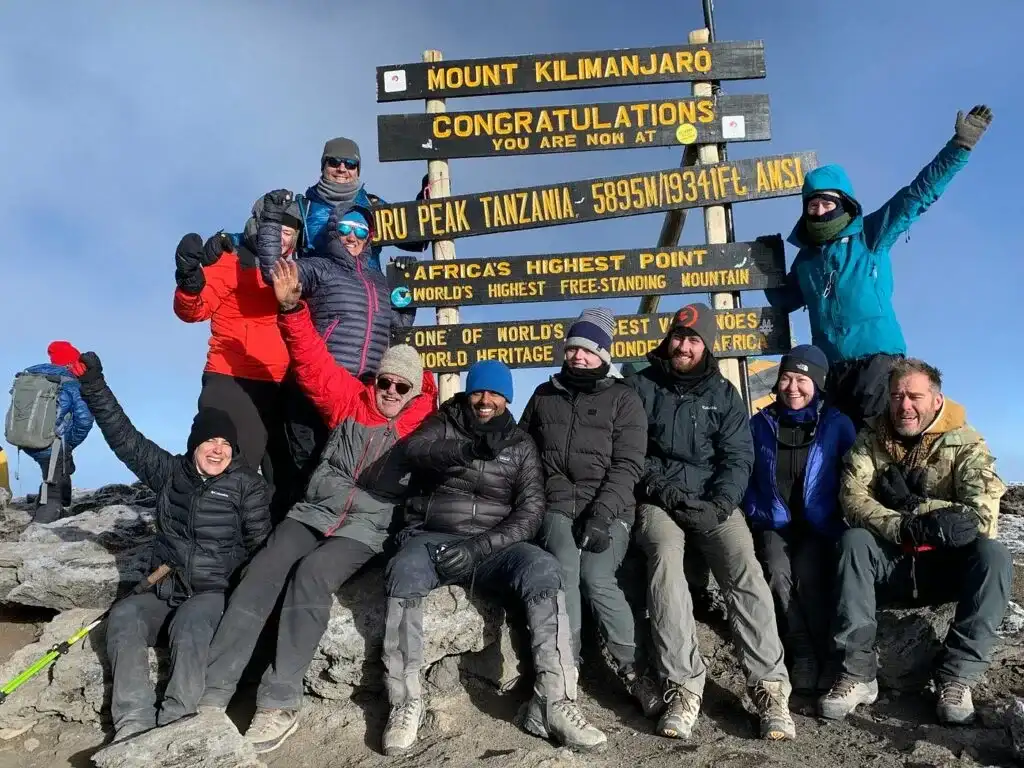
Introduction to the Umbwe Route on Kilimanjaro
The Umbwe Route is renowned as one of the most challenging and rewarding Kilimanjaro trekking routes. Known for its steep ascents and direct path to the summit, this route offers a quieter, less crowded experience compared to popular routes like Machame or Marangu. Starting in lush rainforests, the trail transitions through moorlands, alpine deserts, and glaciers, culminating at Uhuru Peak (5,895m). The Umbwe Route’s steep terrain and rapid altitude gain make it ideal for experienced trekkers seeking a true Kilimanjaro adventure.
With Capable Africa Tours, your Kilimanjaro climb via Umbwe is supported by expert guides, porters, and high-quality camping equipment. Our Mount Kilimanjaro guided climb ensures safety, proper acclimatization, and an 85–90% summit success rate for the 7-day itinerary. Whether you’re drawn to the Umbwe Route’s scenic views or its challenging trails, this trek promises an unforgettable Kilimanjaro hiking experience.
Why Choose the Umbwe Route for Your Kilimanjaro Climb
The Umbwe Route stands out among Kilimanjaro trekking routes for its raw beauty and demanding terrain. Unlike the more crowded Marangu or Machame routes, Umbwe offers solitude and stunning vistas, from rainforest canopies to the iconic Barranco Wall. Its steep climbs, especially in the first two days, test your endurance but reward you with unparalleled Kilimanjaro summit views. The route’s shorter duration (6–7 days) appeals to those seeking a faster yet thrilling ascent, while the 7-day itinerary boosts acclimatization for a higher summit success rate.
Capable Africa Tours crafts personalized Kilimanjaro trekking packages, including expert guides, eco-friendly campsites, and safety protocols to tackle Umbwe Route trekking difficulty. Combine your trek with a 2–3 night Serengeti safari for a complete Tanzania adventure, blending mountain thrills with wildlife wonders.
Umbwe Route Kilimanjaro Itinerary Overview
The Umbwe Route Kilimanjaro itinerary typically spans 6–7 days, balancing challenge with acclimatization. Here’s a sample 7-day itinerary:
- Day 1: Umbwe Gate (1,600m) to Umbwe Camp (2,900m) – Steep rainforest trek, 5–7 hours.
- Day 2: Umbwe Camp to Barranco Camp (3,900m) – Steep ascent through moorlands, 4–6 hours.
- Day 3: Barranco Camp to Karanga Camp (4,000m) – Tackle the Barranco Wall, 4–5 hours.
- Day 4: Karanga Camp to Barafu Camp (4,600m) – Alpine desert trek, 3–4 hours.
- Day 5: Barafu Camp to Uhuru Peak (5,895m) to Mweka Camp (3,100m) – Summit day, 12–15 hours.
- Day 6: Mweka Camp to Mweka Gate (1,600m) – Final descent, 3–4 hours.
- Day 7: Buffer day for acclimatization or transfer back to Arusha/Moshi.
This itinerary maximizes your Kilimanjaro summit success via Umbwe, with expert guides monitoring altitude sickness and safety.
Kilimanjaro Fitness Preparation for Umbwe Route
The Umbwe Route’s steep terrain requires above-average fitness. Start preparing 3–6 months in advance with these Kilimanjaro fitness preparation tips:
- Cardio Training: Run, cycle, or swim 4–5 times weekly to build endurance for 5–15-hour trekking days.
- Strength Training: Focus on legs and core with squats, lunges, and planks to tackle steep inclines.
- Hiking Practice: Train with weighted backpacks on hilly terrain to mimic Umbwe’s challenges.
- Altitude Training: If possible, hike at high altitudes or use altitude simulation gear.
Our Kilimanjaro trekking guide provides personalized fitness plans to ensure you’re ready for the Umbwe Route’s demands.
Kilimanjaro Trekking Gear for Umbwe Route
Packing the right Kilimanjaro trekking gear is crucial for a safe and comfortable climb. Here’s a detailed list for the Umbwe Route:
- Layered Clothing: Moisture-wicking base layers, fleece mid-layers, and waterproof jackets for variable weather.
- Sleeping Gear: 4-season sleeping bag (rated to -15°C) and insulated sleeping pad.
- Footwear: Waterproof trekking boots with ankle support and warm socks.
- Accessories: Trekking poles, headlamp with extra batteries, and a 3L hydration system.
- Sun Protection: SPF 50+ sunscreen, sunglasses, and a wide-brimmed hat.
- Backpack: 30–40L daypack for personal items; porters carry group gear.
Capable Africa Tours offers gear rentals to lighten your load and ensure quality equipment for your Kilimanjaro hike via Umbwe.
Best Season to Climb Kilimanjaro Umbwe Route
The best seasons for a Kilimanjaro climb via Umbwe are January–March and June–October, when dry weather ensures safer trails and clearer views. These periods align with Tanzania’s dry seasons, minimizing rain and maximizing visibility of Kilimanjaro’s flora and fauna. The wet seasons (April–May, November) can make Umbwe’s steep sections slippery, though they offer lush scenery and fewer trekkers. For optimal Umbwe Route Kilimanjaro weather, plan your trek during the dry months.
Kilimanjaro Accommodation on Umbwe Route
The Umbwe Route features tented campsites, providing an immersive Kilimanjaro trekking experience. Camps include:
- Umbwe Camp (2,900m): Nestled in the rainforest, offering serene views and sounds of wildlife.
- Barranco Camp (3,900m): Scenic site near the Barranco Wall, ideal for acclimatization.
- Karanga Camp (4,000m): Alpine setting with panoramic mountain views.
- Barafu Camp (4,600m): Base camp for the summit push, with basic but functional tents.
- Mweka Camp (3,100m): Final camp in the rainforest, offering a restful descent.
Capable Africa Tours provides high-quality tents, sleeping pads, and dining facilities for a comfortable Kilimanjaro expedition via Umbwe Route.
Kilimanjaro Altitude Sickness Tips for Umbwe Route
Altitude sickness is a key challenge on the Umbwe Route due to its rapid ascent. Follow these Kilimanjaro altitude sickness tips:
- Choose the 7-Day Itinerary: Extra acclimatization days reduce altitude sickness risks.
- Stay Hydrated: Drink 3–4 liters of water daily to combat dehydration at high altitudes.
- Ascend Slowly: Follow the “pole pole” (slowly) pace guided by our experts.
- Medications: Consult your doctor about Diamox for altitude sickness prevention.
- Monitor Symptoms: Our guides check for headaches, nausea, or fatigue daily.
With Capable Africa Tours, Kilimanjaro trek safety is prioritized, ensuring a secure climb to Uhuru Peak.
Kilimanjaro Flora & Fauna on Umbwe Route
The Umbwe Route showcases Kilimanjaro’s diverse ecosystems, from rainforests to arctic zones. Expect to see:
- Rainforest Zone (1,600–2,900m): Colobus monkeys, vibrant birdlife, and lush vegetation like ferns and orchids.
- Moorland Zone (2,900–4,000m): Heather, giant lobelias, and occasional antelopes.
- Alpine Desert (4,000–5,000m): Sparse vegetation, rocky terrain, and dramatic vistas.
- Arctic Zone (5,000–5,895m): Glaciers and snow near Uhuru Peak.
The Umbwe Route’s scenic views and wildlife make it a photographer’s dream, with expert guides enhancing your Kilimanjaro trekking experience.
Kilimanjaro Route Comparison: Umbwe vs Machame vs Marangu
Choosing the right Kilimanjaro trekking route is key. Here’s how Umbwe compares:
- Umbwe Route: Steep, less crowded, 6–7 days, 85–90% summit success rate with 7-day itinerary, ideal for experienced trekkers.
- Machame Route: Scenic, moderately challenging, 6–7 days, 90% success rate, busier than Umbwe.
- Marangu Route: Easiest, with hut accommodations, 5–6 days, 80% success rate, most crowded.
The Umbwe Route offers a unique blend of challenge and solitude, perfect for those seeking a true Kilimanjaro adventure.
Kilimanjaro Expedition Cost for Umbwe Route
Kilimanjaro expedition costs for the Umbwe Route range from $2,000 to $4,000 per person, depending on duration, group size, and inclusions. Here’s a breakdown:
- Budget Trek: $2,000–$2,500 (group tours, shared equipment).
- Mid-Range Trek: $2,500–$3,200 (private guides, premium camps).
- Luxury Trek: $3,200–$4,000 (VIP services, extra acclimatization).
Contact Capable Africa Tours for a tailored Kilimanjaro trekking package that fits your budget.
Kilimanjaro Umbwe Route Gallery
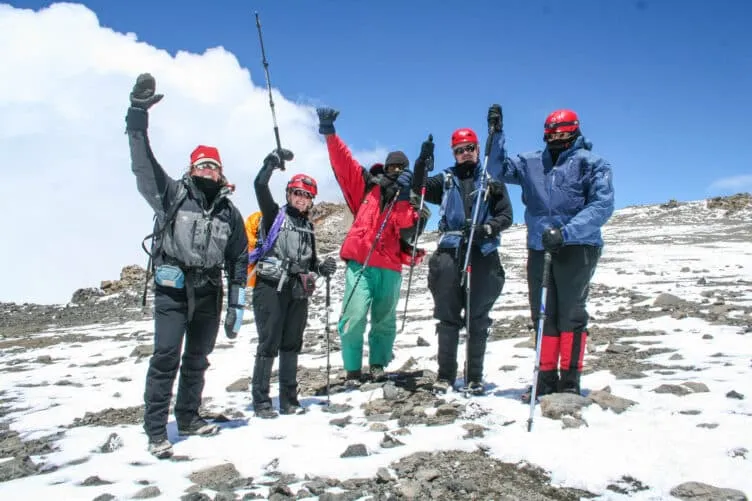
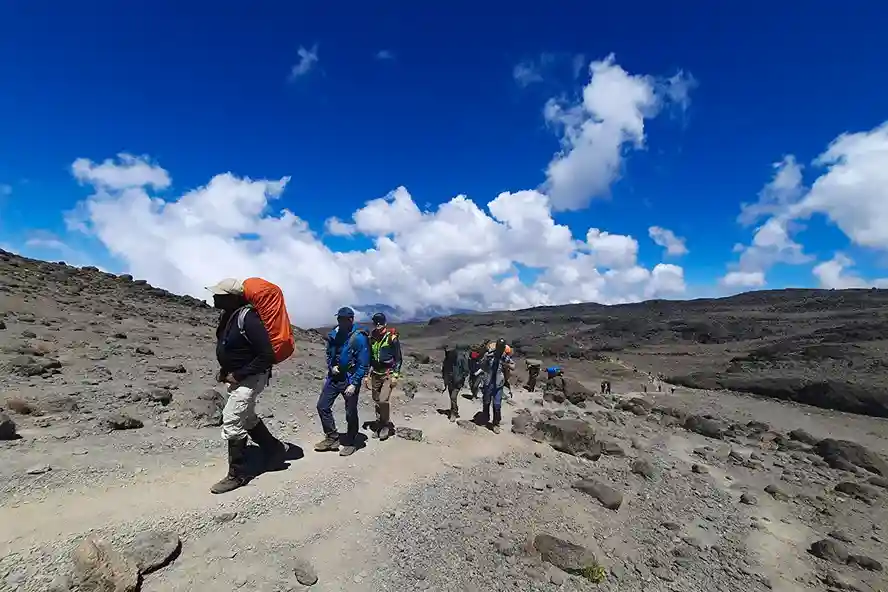
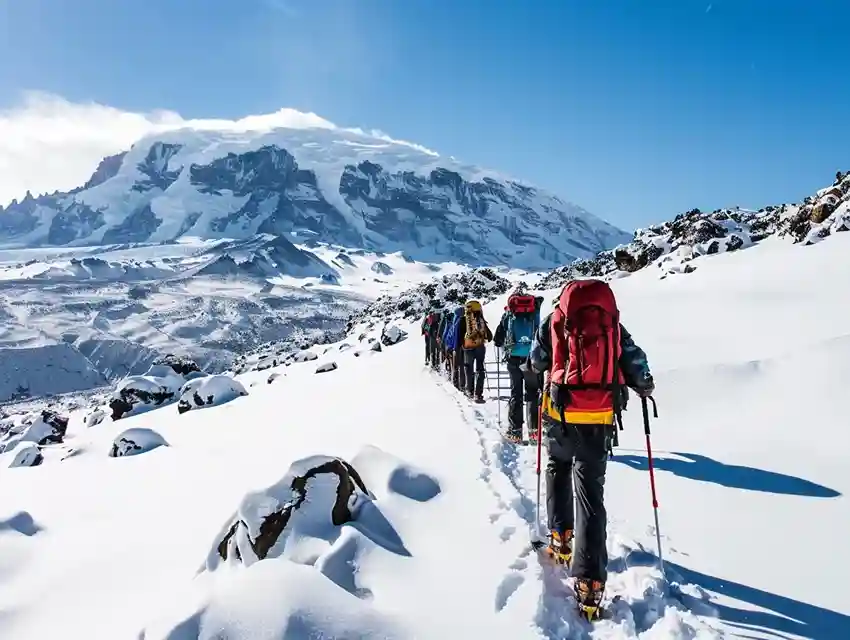
Experience the Kilimanjaro Climb via Umbwe Route
Watch the stunning landscapes of the Umbwe Route unfold, from lush rainforests to the majestic Uhuru Peak, in this thrilling Kilimanjaro adventure.
Why Book Your Umbwe Route Trek with Capable Africa Tours
Capable Africa Tours offers unmatched expertise for your Mount Kilimanjaro climb via Umbwe Route. Our benefits include:
- 85–90% summit success rate with expert guides.
- Customizable Kilimanjaro trekking packages, including Serengeti or Zanzibar add-ons.
- Eco-friendly campsites supporting local conservation.
- Small group sizes for personalized attention.
- 24/7 support and seamless logistics from Arusha or Moshi.
Book now for a Kilimanjaro adventure tour that combines challenge, safety, and unforgettable memories.
Ready for Your Kilimanjaro Climb via Umbwe Route?
Join Capable Africa Tours for the ultimate Kilimanjaro trekking adventure. Conquer the steep Umbwe Route, summit Uhuru Peak, and experience Tanzania’s breathtaking landscapes with expert guides and premium campsites.
- High summit success rate (85–90% on 7-day itinerary)
- Expert-guided treks with daily altitude checks
- Eco-friendly campsites with stunning views
- Small groups for a personalized experience
- Supports local communities and conservation
Limited spots available for this exclusive Kilimanjaro climb—book now to secure your adventure!
Book This Trek Now
